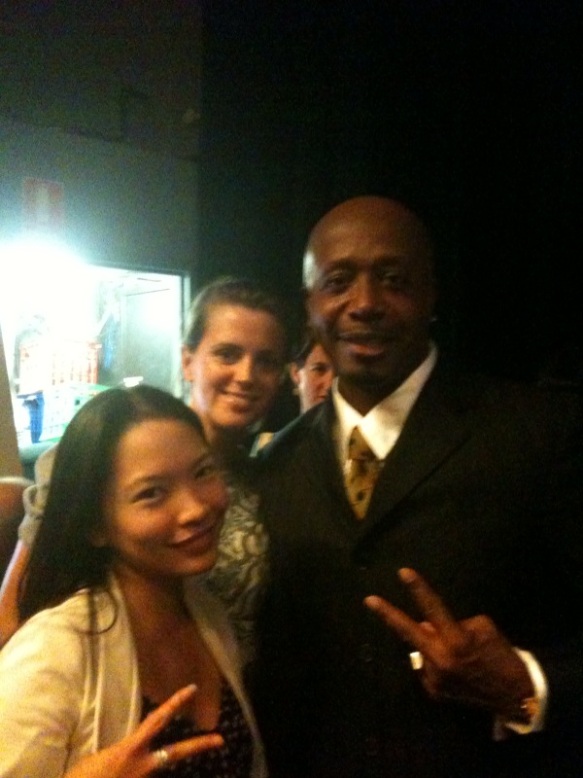My planning colleague Locky and I put together this short piece on Google + Brand pages and implications for brands. Note: We both work on the Google account here in Australia, however we’ve written this independently.
Previously only open to personal profiles, Google+ has today opened access to brand pages. While they share many similarities, Google+ differs from Facebook in that users can intuitively control who has access to what information by dividing contacts up into ‘Circles’. Other features such as YouTube integration, video chat ‘Hangouts’, ‘Sparks’ content updates and +1’s for search rankings all leverage Google’s massive ecosystem. Brands will definitely be looking at leveraging the ‘Hangouts’ feature allowing consumers to have video conversations with employees, brand ambassadors etc.
The first and most urgent thing for brands to do is to claim their brand page name (+brand). While there are authenticity measures in place around this, it is essential to avoid domain squatters down the track. This can be done here.
Best practice for brands on Google+ is still a relative unknown. Functionality remains limited with a lack of applications (compared to Facebook) but photo, video and wall functionality are very similar to Google+ personal pages and what we have become used to on Facebook.
Examples of early Google+ brand pages can be seen at
Google have also set up their own Google+ Your Business page for more information.
We recommend brands create their page ASAP and clearly set expectations in the ‘About’ section or in a post about how the page will fit into their social ecosystem. This may be as simple as stating that ‘Our Google+ page is currently under construction and we’ll be sure to let you know when we’ll be available to chat’ or ‘Google+ will be home to our photos and videos for now but we can help with any of your queries at [link].
It’s also important to note that there are no costs in setting up a page and that Google+ global usage is well over 40 million and growing. Given the size of the wider Google ecosystem and the potential for brands in terms of SEO, offers, analytics and more, it makes sense to claim your place now.
Further reading on the importance of Google+ for brands can be seen at AdAge and Mashable while Google’s promotional video can be seen here.




